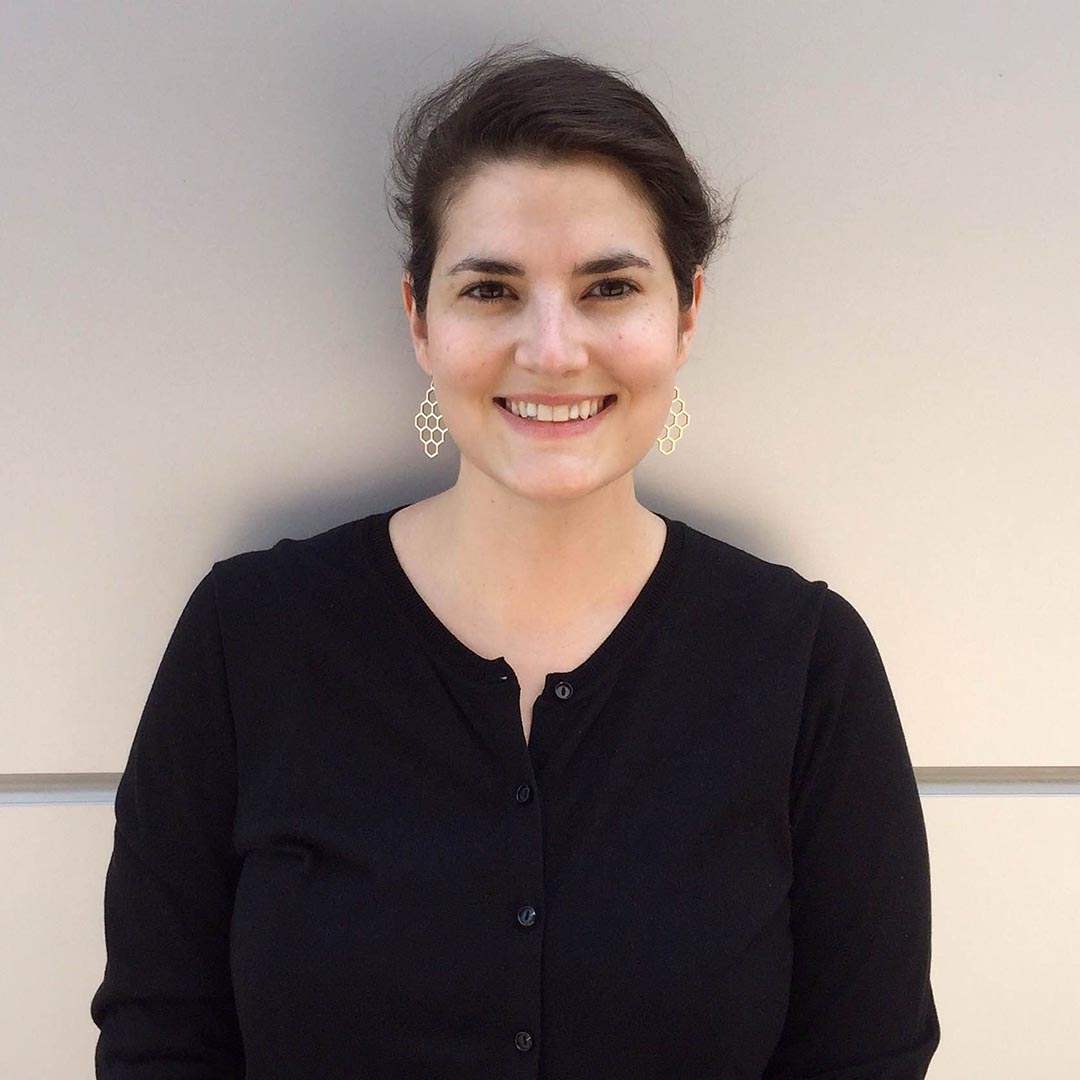Lillian Wies Begins One-Year Fellowship in Japan
November 07, 2021

After a pandemic-fueled delay, Lily Wies travels to Japan for a 12-month fellowship supported by the Japan Foundation Japanese Studies Doctoral Fellowship
After a delay of almost a year, Lillian "Lily" Wies has travelled to Japan to begin a twelve-month fellowship supported by the Japan Foundation. With support from the Japan Foundation Japanese Studies Doctoral Fellowship, Lily will be based primarily in Tokyo although her research will also take her to Kyoto and Osaka, among other places. She will be affiliated with Dr. Noriko Murai at Sophia University in Tokyo.
The purpose of the Foundation is "to cultivate friendship and ties between Japan and the world, the Japan Foundation creates global opportunities to foster friendship, trust, and mutual understanding through culture, language, and dialogue." The Japan Foundation functions internationally and funds a number of projects related to the visual arts, including supporting curatorial positions and museum exhibitions, as well as dissertation and post-doctoral research projects.
Lily's dissertation research is about the role of the female artist, as both an imagined social type as well as an actual career that women pursued, in modern Japanese art (c. 1900-1930). The modern period saw an increase in the number of women who became professional artists, and these women attracted significant attention because they went against patriarchal expectations. They were written about extensively in mass media, to the point that they became an established social type (comparable to the "suffragette" or the "flapper" in Western media- there was also the "female artist" as a character that was written about and visually represented in Japanese popular media). Lily looks at how the imagined social type reflected and/or influenced the lives of five women artists active in the modern period: Yoshida Fujio (1887-1987), Kametaka Fumiko (1886-1977), Shima Seien (1892-1970), Kajiwara Hisako (1896-1988), and Takamura Chieko (1886-1938). She explores how these women adhered to public expectations, as well as how they themselves shaped those expectations. Lily also plans to study the strategies each woman used to expand her professional opportunities in the face of severe gender discrimination.
Lily will be spending a lot of time in the archives looking at early 20th century art magazines and women's magazines, including periodicals edited by groups of women artists and intellectuals. As well, she hopes to see a lot of paintings for the first time in person.
The process of getting into Japan was complicated by restrictions necessitated by the global pandemic and Japan's efforts to protect its population. Her first attempts to travel to Japan - both a language program and a summer fellowship - went for naught (although she did much of the program work remotely). In order for Lily to travel successfully, the Japan Foundation negotiated for over six months with the Japanese government for a special entry measure to bring over their fellows! As part of the first group of fellows that have been able to come into Japan since the borders closed last January (and perhaps even longer than that!), Lily is grateful for the opportunity, even as she completes the necessary and lengthy quarantine process. She hopes to catch peak foliage, enjoy some good ramen, and get to work!
Congratulations Lily, and best of luck in your work and research!

